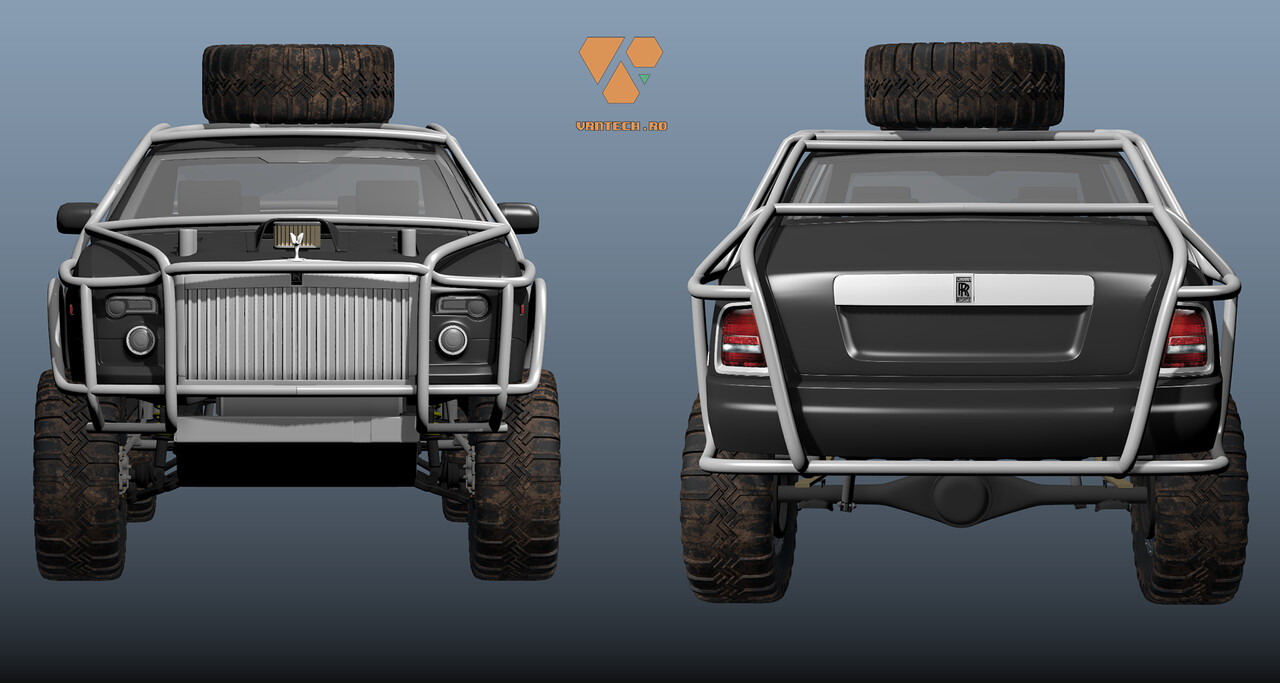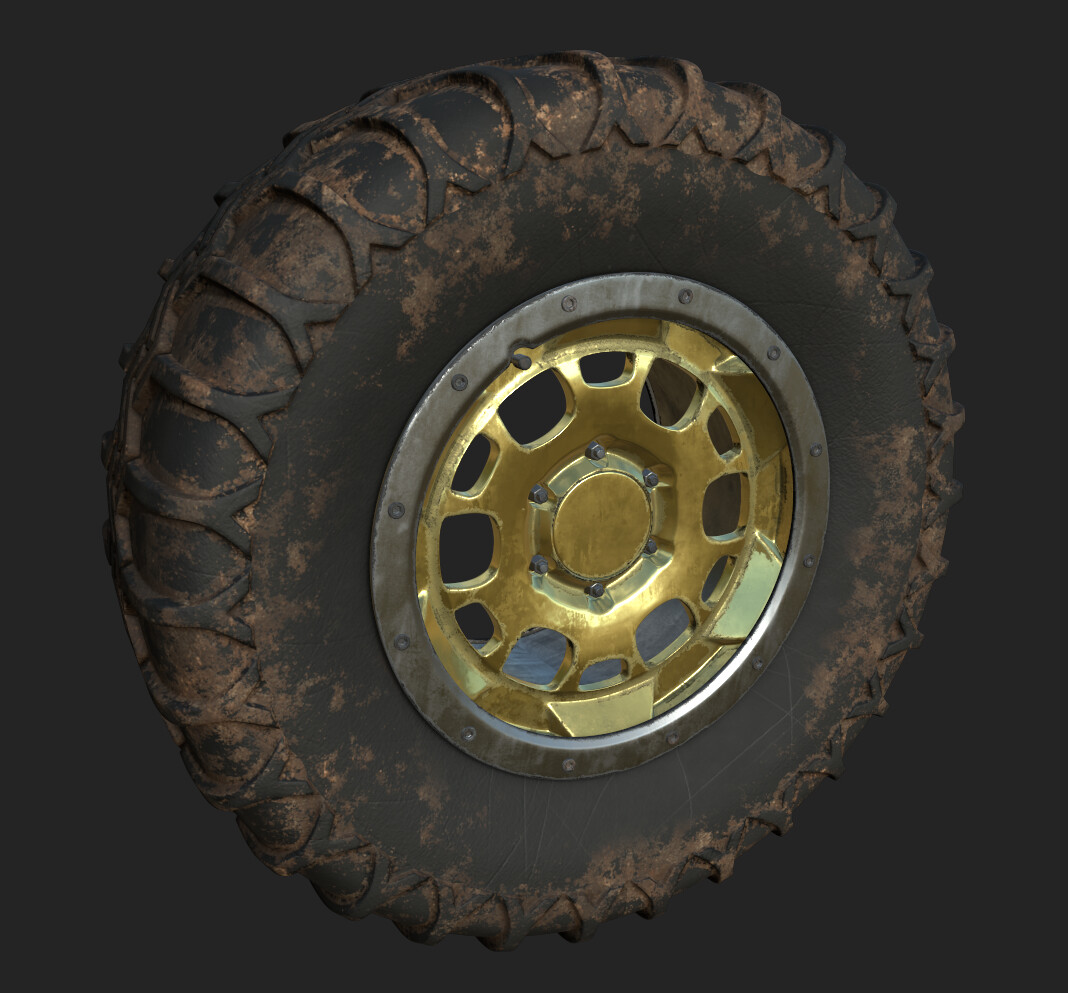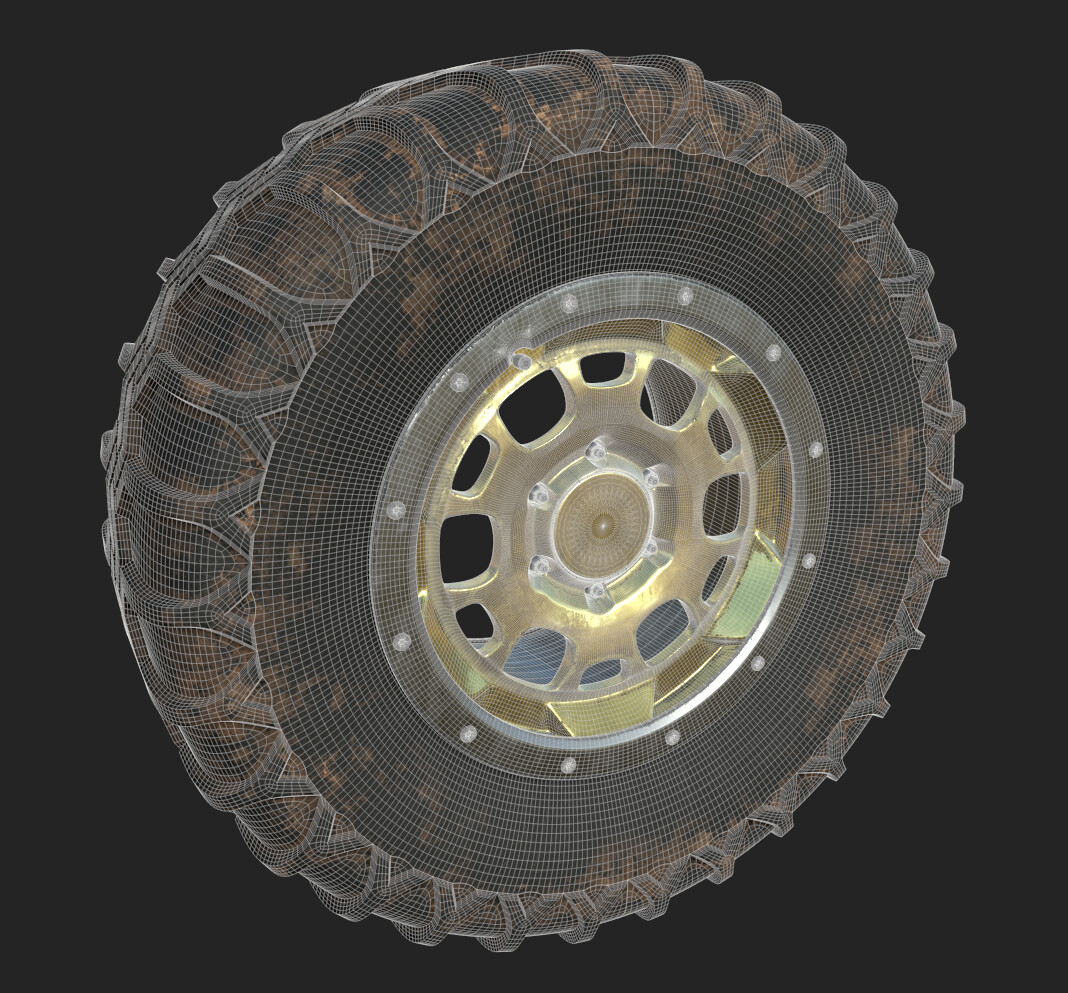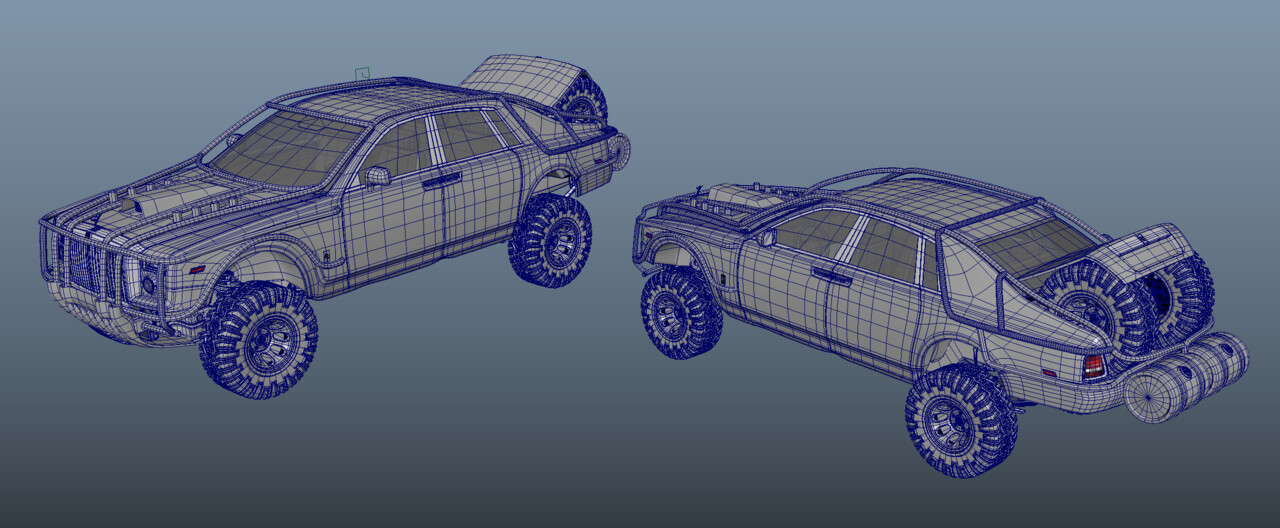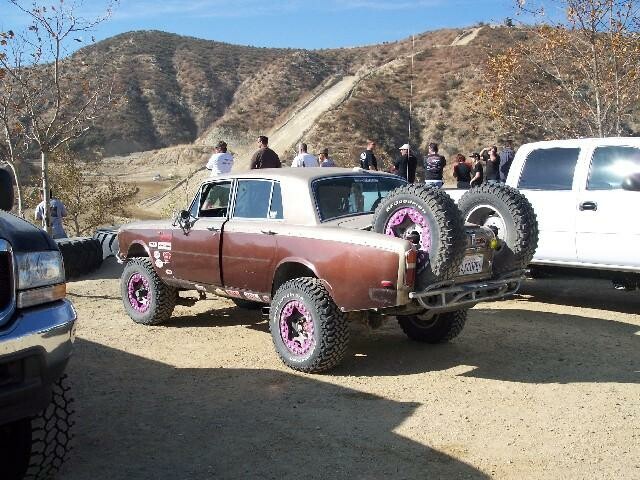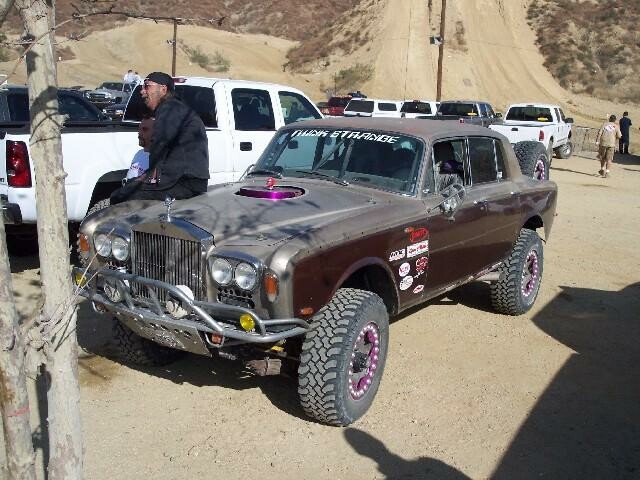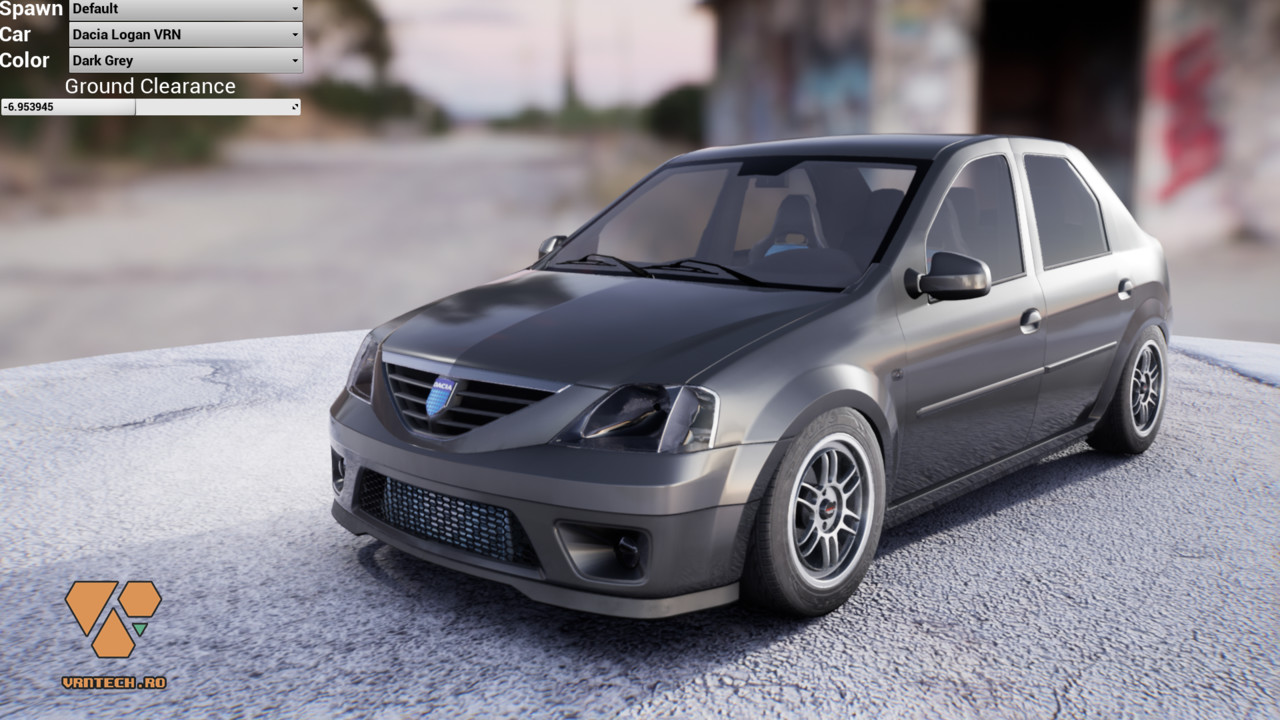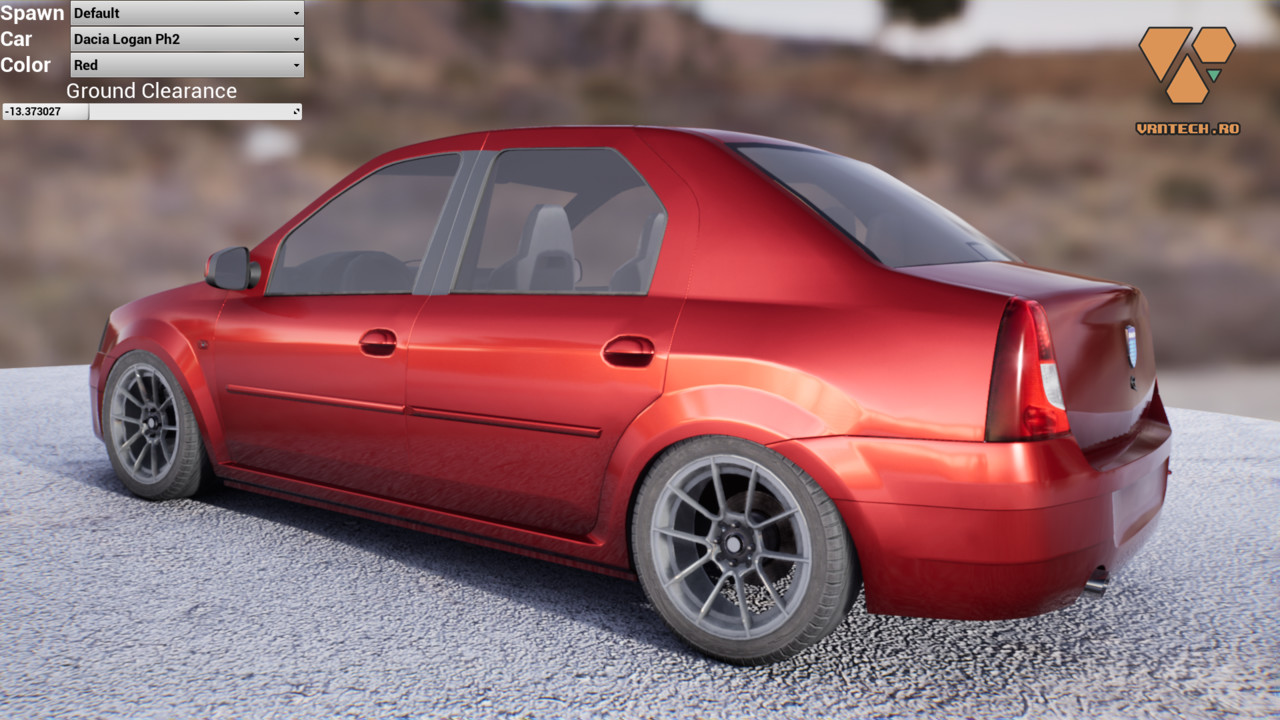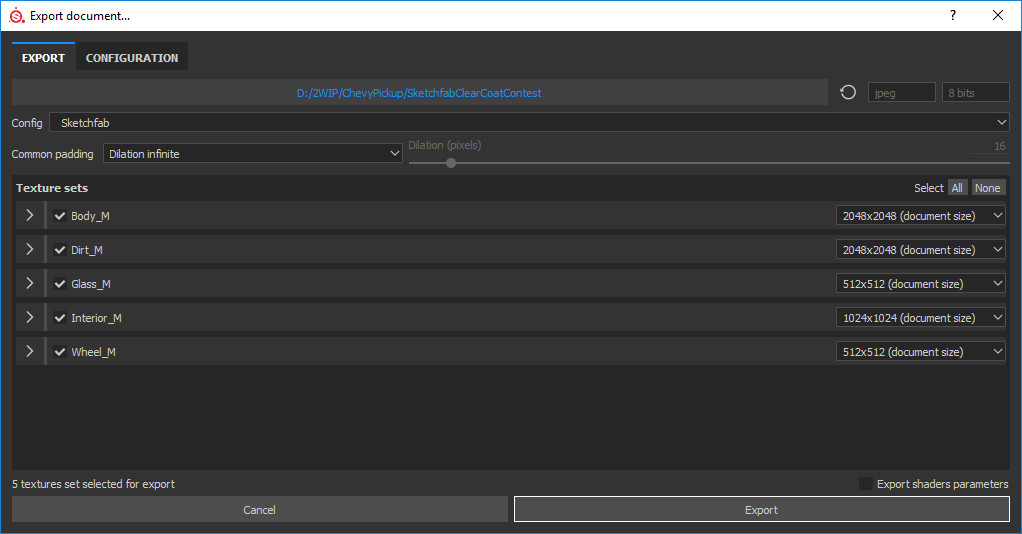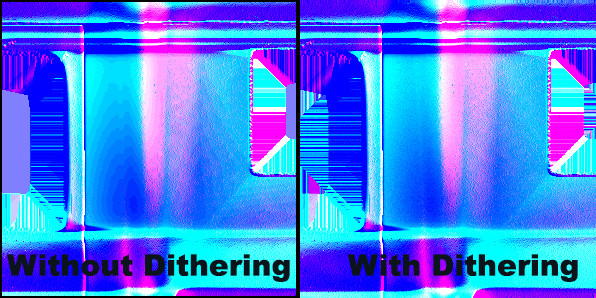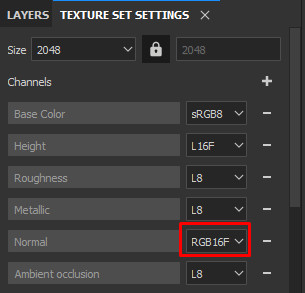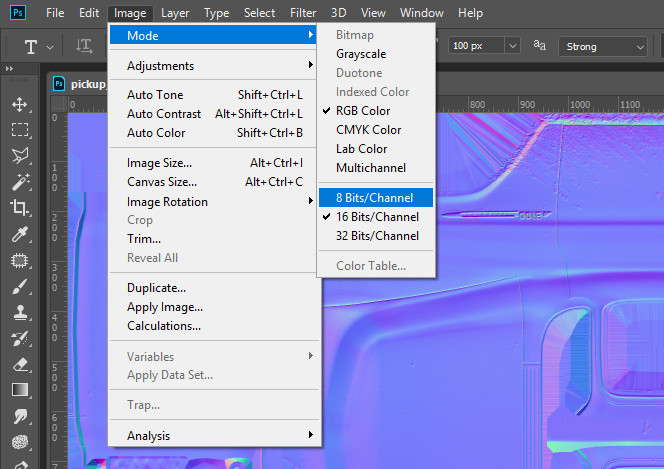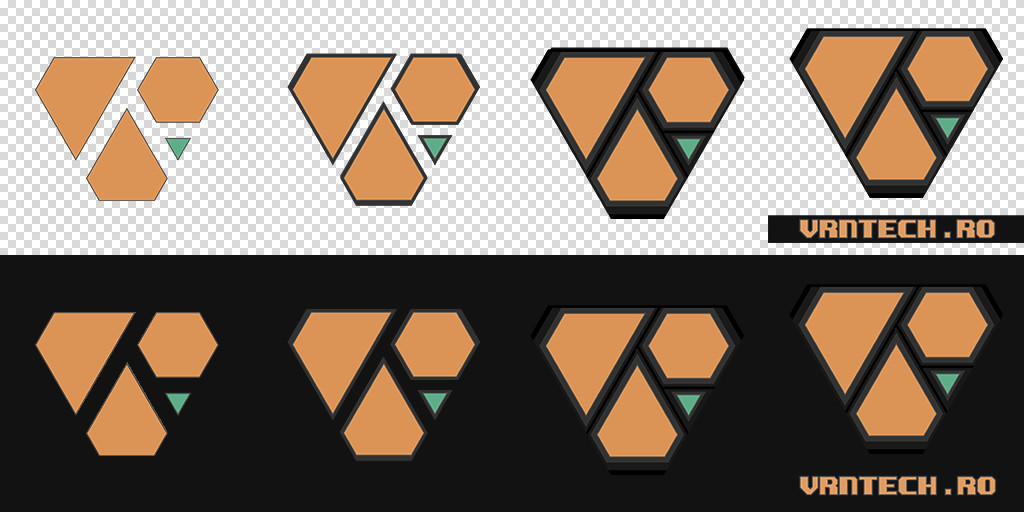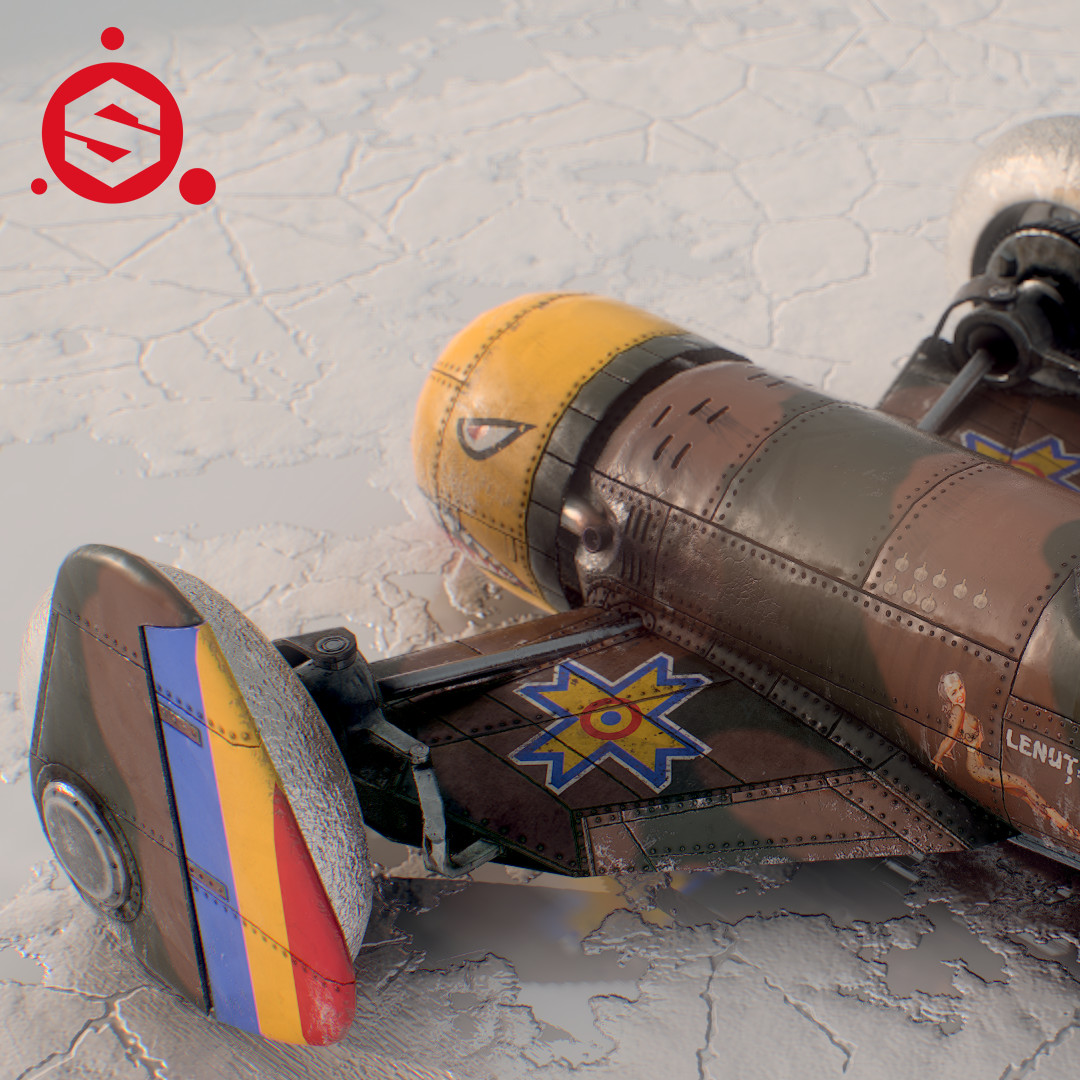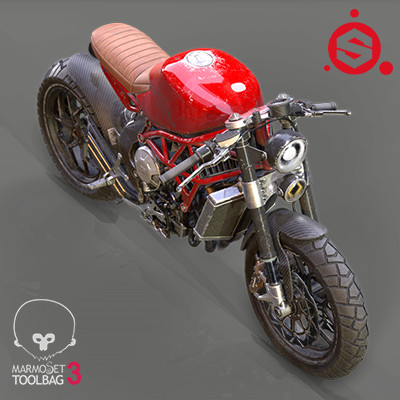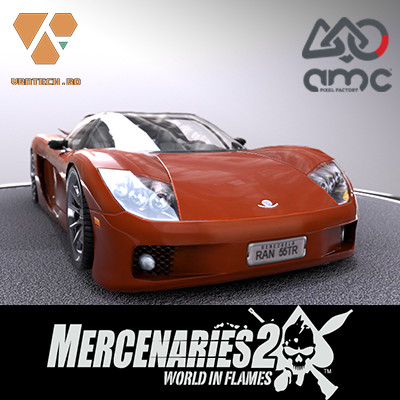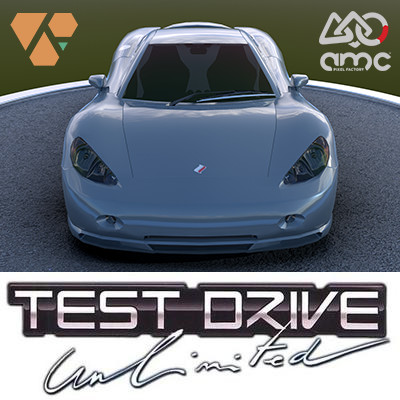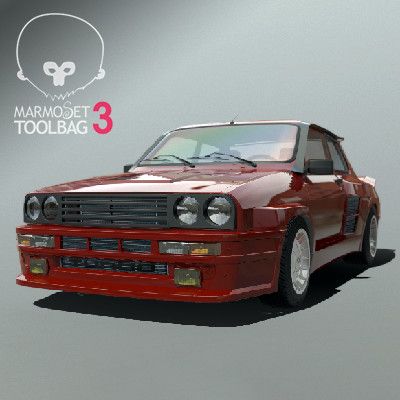This is a farewell to the program that was the base of my work for the last 15 years!
The main reason why I chose to quit using Maya is the changes to Autodesk's licensing policies. I wrote about this about 3 months ago but I was pretty much set I would accept the compromise of getting Maya LT for a year until the whole Indie thing gets cleared up. (Scroll down to the end for a 2022 update)
But then the virus hit and my prospects for work as a freelance took a nose-dive. It wasn't that I couldn't get work, it's that despite everyone looking for freelancers, less were willing to pay my already low rate. But I digress, maybe I'll write about this in another blog post. I decided to cut my costs, bite the bullet and try using Blender... and I love it. After about two weeks I was working at the same speed as I did in Maya with minimal addons. The short take is modeling is better than Maya, UVs are a bit lacking but with 2-3 addons you can get close enough for light work such as props. For more complex stuff, I'll probably buy RizomUV the first time I need it professionally. Rendering, especially EEVEE real-time is years ahead of Maya. Animation? I'm not an animator so I can't tell you.
My only dilemma were my courses. I used to teach modeling for games in Maya at three institutions: two private and one state owned. They're of course on hold for now due to the pandemic but I still have to think about the future and this is very relevant to the subject of this post.
Since Autodesk's Student license was very permissive, I could teach Maya with the ease of mind knowing I could instruct my students to get Student licenses good for 3 years, enough for them to continue and perfect their craft after finishing the course even if they couldn't get a job right away. I do not condone piracy, so I saw the ease of getting a Student license as a good move by Autodesk to increase the base for potential customers without forcing them into piracy. Kind of Microsoft accepting grey-market Windows 10 licenses for $10.
The main reason there's a demand for Maya is that it's one of the two big programs used in 3d modeling for games, the other one being 3ds Max. For the Politehnica University, teaching Blender is something they would prefer since academia loves Open Source! For the private institutions, my courses are more driven by market forces and since no big studio in Romania uses Blender as their main tool, this puts me at a disadvantage. I could continue to teach Maya though, right? Technically yes but then Autodesk decided to change its Student license by reducing the license period to 1 year and requiring official documentation to have the students prove they are enrolled in an accredited institution. See the problem? (More on this here: https://youtu.be/I129cROtI5w)
Let me put it into fewer words:
If you want to teach Maya you either have to buy a license or work for an accredited institution that has Educational Licenses which are free but not available to everyone. You also cannot use a Student or Educational version to post tutorials on Youtube (confirmed by Autodesk Support), that is considered commercial use. So Autodesk is putting small teachers like me in the position of buying a license to basically bring more customers to Autodesk. This is easy to justify if you use Maya for work and absorb the costs there but since Maya's Indie license is still a discriminatory piece of garbage, I am basically forced to pay 1800E/year for the "privilege" of teaching students a software that they or their employers will pay the same for a year's subscription if I only want to teach a few courses a year. So, I can either be a full time teacher to justify the costs or a small time teacher so I can also work and justify the cost. Either way, this looks so bad, it kind of makes multi-level marketers look like saints! Yes, mine is an edge case since I'm not using Maya for commercial work anymore but the more than 50 people I teach every year are potential customers for Autodesk so I find it weird that I cannot use a free educational license for teaching.
So my dilemma is not so much a dilemma for me anymore, I'm ditching Maya altogether! I'm not going to teach it anymore and by what I'm hearing from friends and colleagues in Romanian studios, Blender is getting more and more accepted which should drive demand for Blender teaching locally in the future.
So after these months of the ups and downs of switching software and writing blog posts here's where myself and Autodesk are:
Myself:
+ I'm reducing my fixed costs by 1800E/year, the cost of a Maya subscription.
+ I'm learning a new piece of software and diversifying my portfolio. I can now say that I've modeled in Max, Maya and Blender and I know all of them well enough to work with a variety of clients and meet their needs.
- I have to postpone teaching for a while until I adapt my course to Blender.
Autodesk:
- Lost a paying customer.
- Probably lost about 50 potential new customers per year.
As a conclusion, why bother writing this? Because I like Maya and in a market economy you have to speak your mind to be part of the demand. I have expressed all my grievances to Autodesk Support and while the people there were very nice and understanding, I felt that my complaints fell on deaf ears! So I'm making them public on hope this will inspire other people or make it clearer for Autodesk that what they're doing is not good for their customers which means it won't be good for their stakeholders either in the future!
2022 Update: Since I wrote this post Autodesk has partially fixed its Indie license by making it available in "third world countries" such as the part of Europe that's not France, Italy and Germany, the UK and US. This means that you can now buy the Indie license for a fraction of the cost of the full license.
That's great news right? I should buy it and get back into it? Not so fast Bub! Autodesk's Indie license is pretty restrictive and limits the scope of projects I can work on with it. For example if I am a successful independent freelancer and I work for a AAA game with a million dollar budget, I'm not allowed to use the Indie license because the project I'm working on goes beyond the silly limits imposed by Autodesk. So while the Indie license is great if you're working on small projects, working on any project worth over 100.000$ is a big no no. Since you're limited to one license per person/organization and since 100k is maybe a bit more than what a good 3d artist can expect to make in the US, you basically CAN'T USE INDIE FOR ANYTHING THAT INVOLVES MORE ARTISTS THAN YOURSELF!

